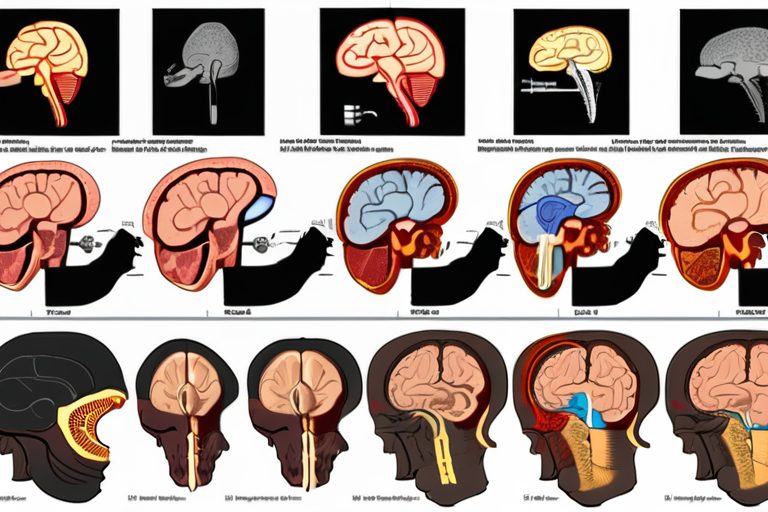Lead Exposure May Have Shaped Human Brain Evolution Over 2 Million Years


Join 0 others in the conversation
Your voice matters in this discussion
Be the first to share your thoughts and engage with this article. Your perspective matters!
Discover articles from our community

 Hoppi
Hoppi

 Hoppi
Hoppi

 Hoppi
Hoppi

 Hoppi
Hoppi

 Hoppi
Hoppi

 hoppi
hoppi

Evolution of Intelligence May Have Come at a Cost A groundbreaking study published in the journal Nature reveals that the …

Hoppi

Ancient Lead Exposure May Have Influenced Brain Evolution: Implications for Modern Society A groundbreaking study published in the journal Nature …

Hoppi

Evolution of Intelligence May Have Come at a Cost A groundbreaking study has shed light on the evolution of human …

Hoppi

Lead-Acid Batteries Poisoning Global South: Proven Solutions Emerge Khan Younis, Gaza - The recycling of lead-acid batteries has become a …

Hoppi

Million-Year-Old Skull Rewrites Human Evolution, Scientists Claim A groundbreaking discovery in China has sent shockwaves through the scientific community, with …

Hoppi

Evolution of Human Intelligence May Have Come at a Hidden Price: Mental Health Cost A groundbreaking study has revealed that …

hoppi